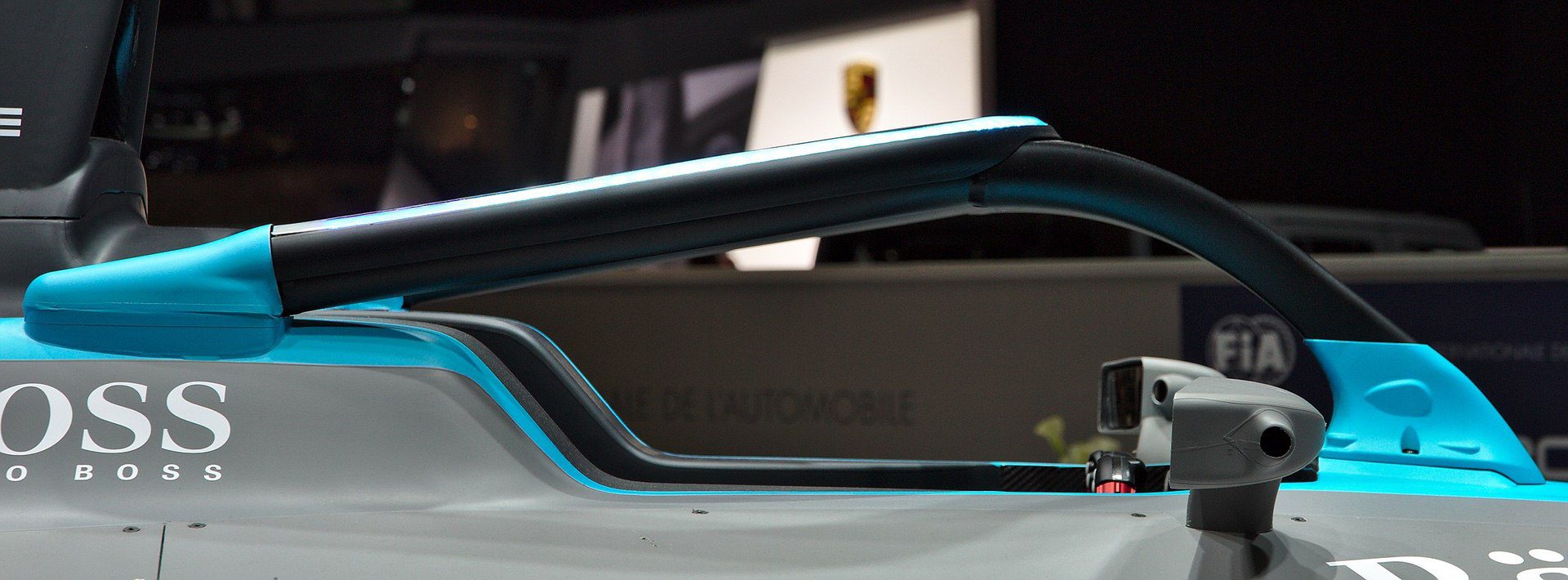For those of us that have been watching Formula One races since the early 1990s, the safety advances that have been implemented in the last 30 years are extraordinary. Consider that the first carbon fiber chassis cars were just starting to be developed around the late 1980s, and the material was so thin you could quite literally punch a hole in it with your hand if you hit it the right way. Nowadays, the chassis of the car is built around a carbon fiber, foam, and aluminum honeycomb structure known as the safety cell, which can take extreme impacts from almost every angle and maintain rigidity.
Despite the mandatory safety cell, wheel tethers, the HANS device for drivers, better fireproofing, and fire-resistant drivers suits, the one area that remained exposed at all times was the driver’s head. Helmet technology has come along in leaps and bounds, and after Felipe Massa took an errant suspension spring over his left eye at the 2009 Spanish Grand Prix, they were completely reworked to be even safer. Yet the head was still exposed, as it was a “core piece” of open-wheeled formula racing.
No Subscription? You’re missing out
Get immediate ad-free access to all our premium content.
Get Started



